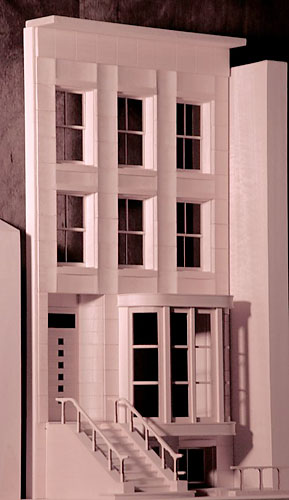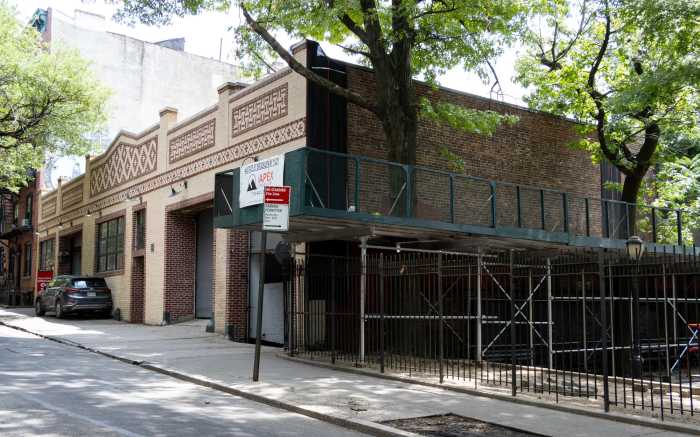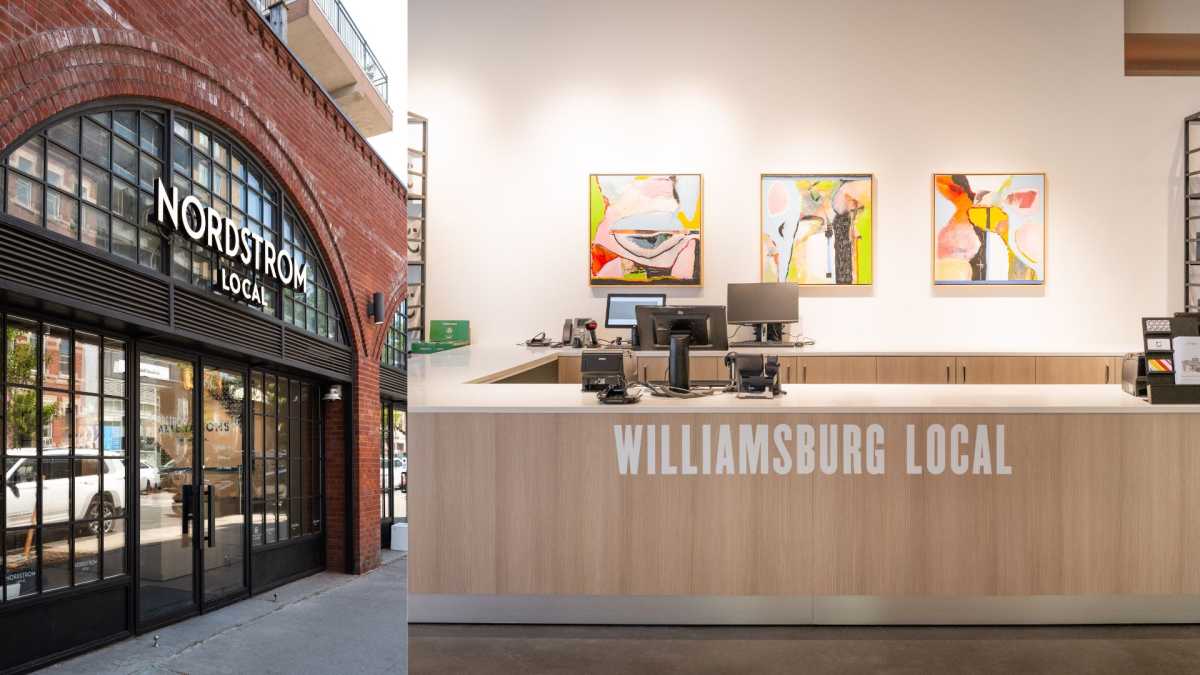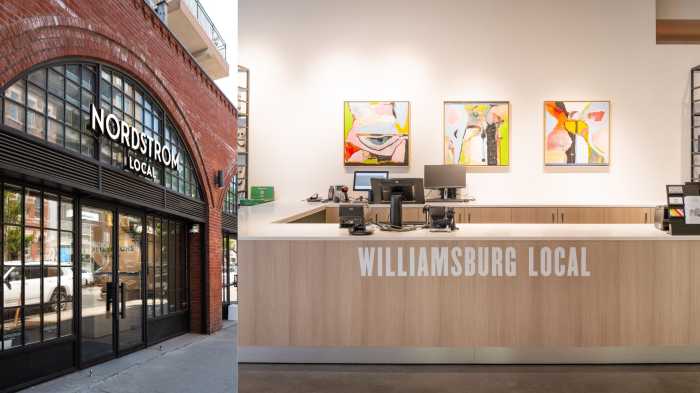A Brooklyn Heights developer is going back to the future to revive the iconic brownstone.
For the first time in decades, if not a century, a townhouse made from actual brownstone quarried from its original source is being built in the borough that made the architectural style famous.
Designer Tom van den Bout said his retro-chic townhouse at 27 Cranberry St. would use stone sourced from Portland Brownstone Quarries in Connecticut.
“We wanted to do something that had a brownstone look,” said Van den Bout.
“The fact that there’s this great source of stone just seemed to be a perfect coincidence.”
The new house on the long-vacant lot between Willow and Hicks streets will likely get the necessary approval of the Landmarks Preservation Commission. After all, Van den Bout is not only the former president of the Brooklyn Heights Association, which supports the plan, but he consulted neighbors to tweak the finished design.
“It’s an appropriate thing if you’re building a new building in a neighborhood dominated by brownstones already,” said architectural historian Francis Morrone. “Especially in historic neighborhoods I think it’s very important.”
That said, some neighbors have been a bit touchy.
“It’s a sensitive block,” said Judy Stanton, executive director of the Brooklyn Heights Association.
If neighbors are ornery, it’s probably from the weight of 140 years of history on their backs. After all, the building material is as iconic in Kings County as the Brooklyn Bridge and Marty Markowitz’s accent.
The use of brownstone as a building material was a fad in the latter half of the 19th century — one so prevalent that author Edith Wharton would later deride the era as “the brown decades,” and famously called the rock “the most hideous building stone ever quarried.”
Hideous to her, perhaps, but as omnipresent as Gowanus oysters. Brownstone, which is actually just brown sandstone, was not only popular because architects in the Victorian age liked earth tones, but because it was cheap.
As the city and its middle class grew, people started living further from work and developers built up Brooklyn as a suburban spot. Like the building boom around the time of the last housing bubble, homes began to get bigger, more pretentious — and more shoddily built.
“These were like the first McMansions and this was the first urban sprawl,” said Morrone. “People wanted stone for their houses and the better stone was too expensive.”
But like any fad, brownstone’s popularity faded; by the Great War, the material was passed over for trendy, lighter-colored materials like limestone. Weather damage, as a result of poor construction and improper quarrying, also gave the material a bad reputation.
But Brooklyn’s ubiquitous brown rock has gotten a bum rap.
“With our knowledge of brownstone today and how to cut and handle it properly — we could probably build a better brownstone today that we could in the 19th-century,” said Morrone.
And weather damage is more a result of how the building is put together than the cut of the rock, added Mike Meehan, owner of the Portland Brownstone Quarries.
The project’s developer Lou Greco Jr. often plays with the conceits of Brooklyn history by reinventing it. Two decades ago on Hicks Street, he built a modern loft, yet made it look like a Brooklyn Heights townhouse. And his Richard Meier-designed On Prospect Park condo development in Prospect Heights turns the big Brooklyn apartment house on its head, sheathing it in glass Minimalism.
“The product is beautiful,” said Greco, who bought the property in 2004 for $1.5 million.
Of course, this is Brooklyn, so not everybody is a fan.
“It’s too grand in proportion for its neighbors on the block,” said Simeon Bankoff of the Historic Districts Council.
But Van den Bout thinks that the classic brownstone material will silence the naysayers — or, at least, having them saying, “Ahhh.”
“The rock will have circular patterns carved into it, making the house appear different throughout the day,” he said. “It will really bring a subtle light to the facade.”
























